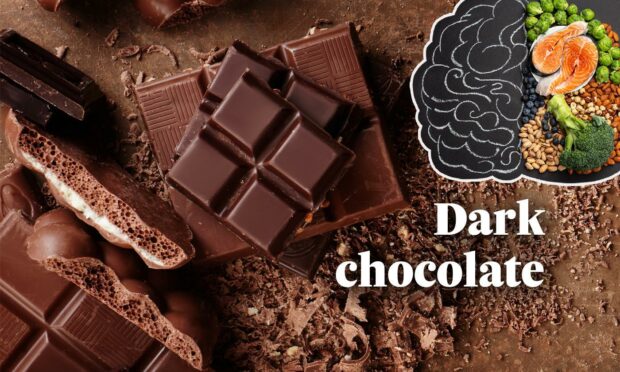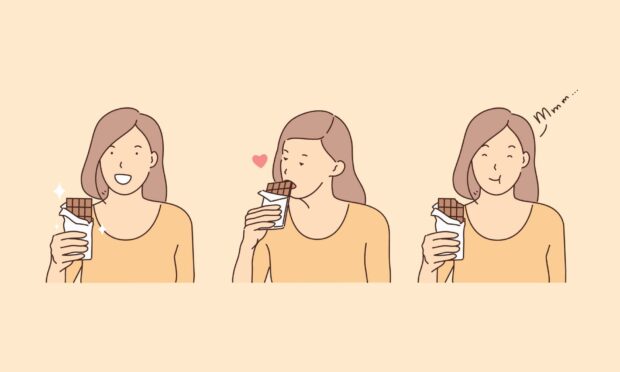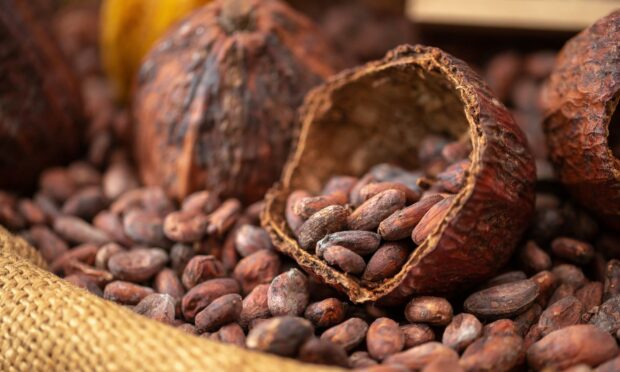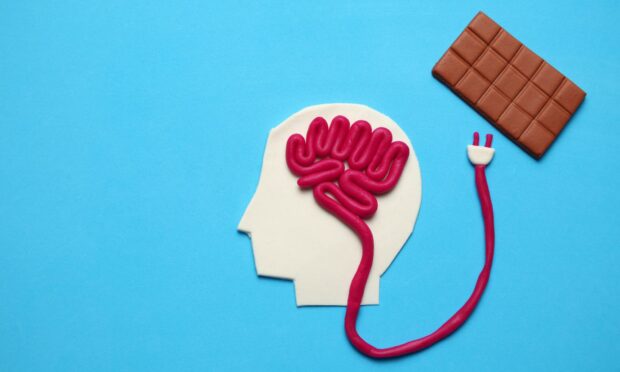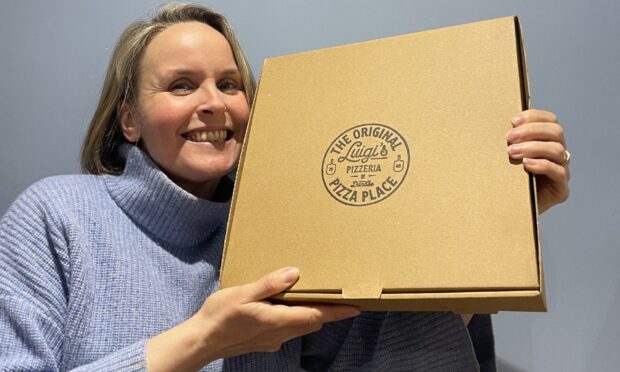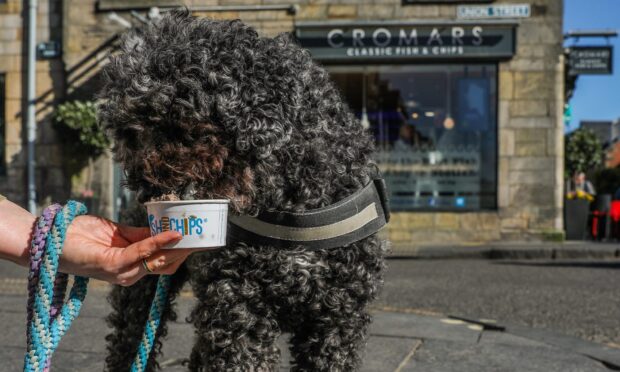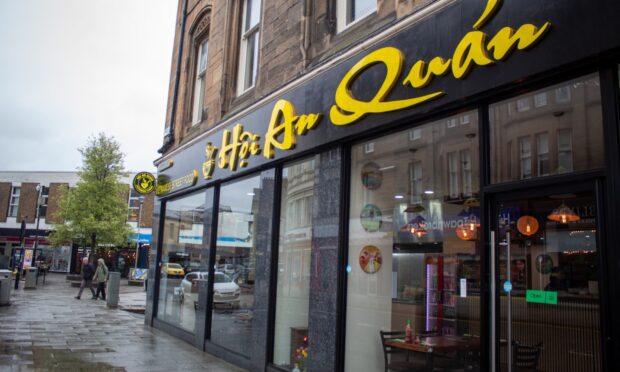Chocolate might have a bad name because of all of the sugar in it, but a small amount of dark chocolate on a weekly basis can actually benefit your brain function and general well-being.
In a world where chocolate is seen as a guilty pleasure, many of us will fail to see the benefits and focus more on the detrimental effects of the delectable delight.
Chocolate can be a source of comfort after a long day or a treat after our meals. It gives us that warm fuzzy feeling inside.
But what you are actually experiencing is a release of endorphins in your body.
Endorphins or ‘feel good’ chemicals is what triggers a positive feeling in the body and reduces the feeling of pain.
Highly nutritious
As well as making you feel good, chocolate can be nutritious depending on the level of cocoa or how dark the chocolate is.
According to Healthline, a 100g bar of dark chocolate with 70-85% cocoa contains:
- 11g of fibre
- 67% of your daily requirement for iron
- 58% of your daily requirement for magnesium
- 89% of your daily requirement for copper
- 98% of your daily requirement for manganese
All of these elements are crucial to maintaining a healthy body, suggesting that chocolate may help us consume our essential vitamins and minerals.
The NHS recommends three servings of 30g of high cocoa percentage chocolate a week to help with general health and reduce the effects of disease.
Improves brain function
Researcher Dr Astrid Nehlig conducted a study in 2013 highlighting that chocolate also contains high antioxidant levels due to it containing flavanols (a plant compound with health benefits).
The flavanols in chocolate were seen to help increase brain activity and reduce the ageing process of the brain, thus helping cognitive function.
With chocolate also containing caffeine, it can also make you feel more awake and increase brain activity.
Hence the reason why after eating some chocolate you will experience an improvement in your mood and ability to function.
Is it just dark chocolate?
Due to the multiple refinement processes milk and white chocolate go through including the addition of milk and sugar, they have a lower percentage of cocoa.
Since the real benefit of chocolate lies in the cocoa bean, eating a small amount of dark chocolate can create these initial and have long-lasting improvements.
It is important to remember that eating chocolate in moderation is the best way to enjoy the benefits mentioned.
If it is your first time trying dark I would recommend trying the Lindt Excellence Extra Dark Chocolate Bar with an 85% or higher percentage of cocoa.
This article is part of an ongoing series where topics around food and drink and behaviour will be discussed.
If you have any suggestions on topics you would like to read about, please provide your suggestions in the submission form below.
Mariam Okhai is a food and drink journalist who also researches food behaviour.
She has a Masters in Behavioural Science for Management from the University of Stirling. Her undergraduate degree was in Psychology and Business Economics with Marketing.
She is also a certified habit coach.
You can find out more about her research on her Behavioural Foodie website.
